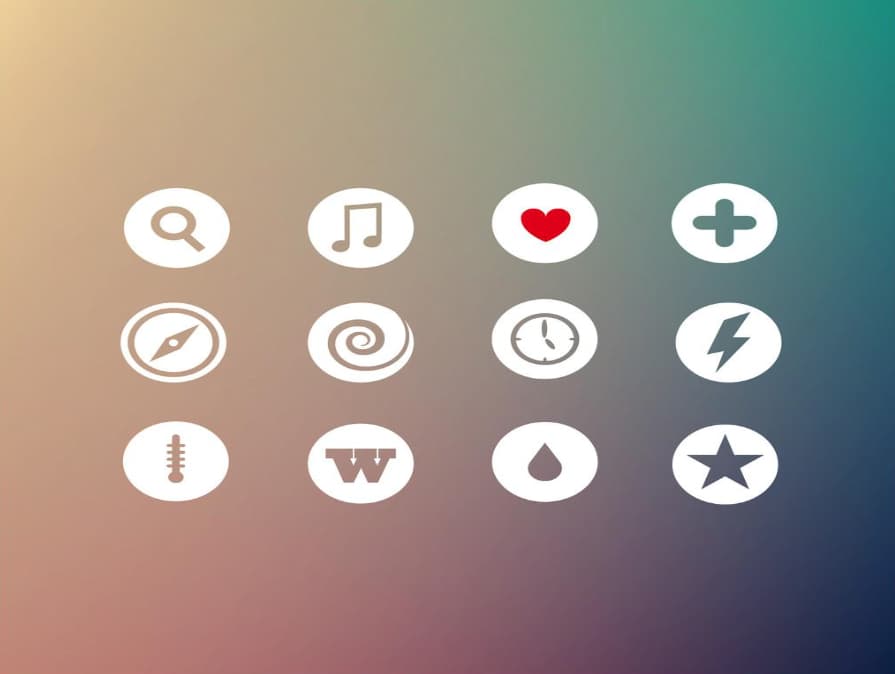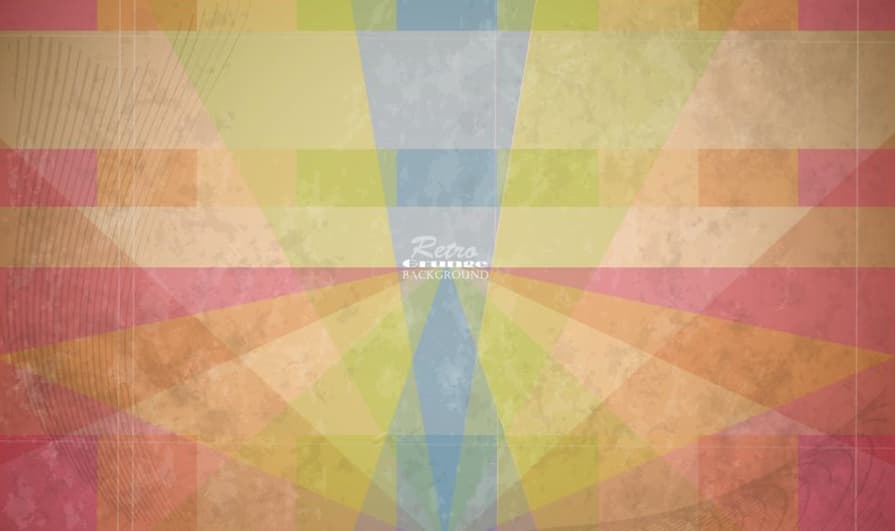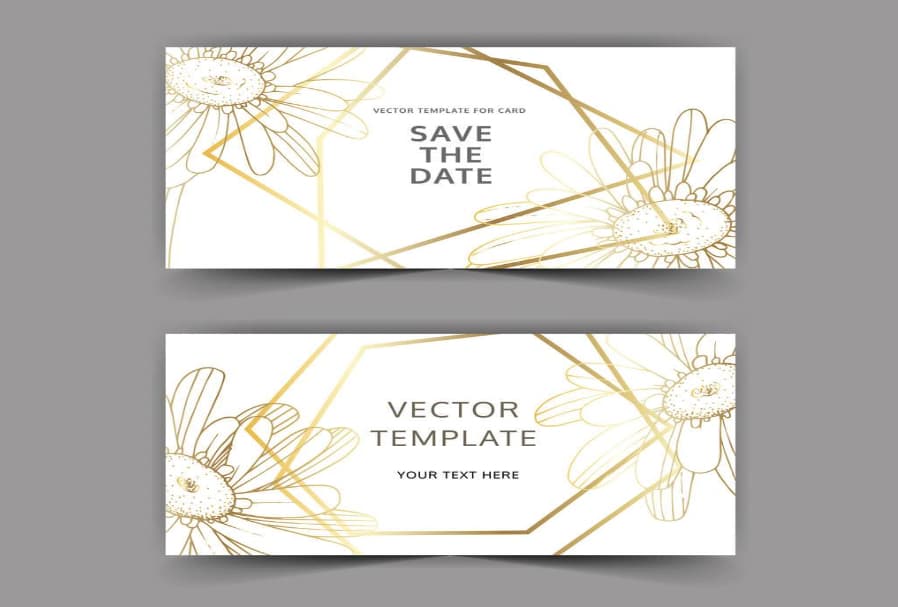Very often, people who want to study graphic or web design start their journey by reading various articles on the Internet. Unfortunately, the abundance of jargon words and the complexity of professional terminology can kill the burning interest since many expressions don’t sound clear to a beginner and can totally confuse them. So, what “spells” do they encounter straight away?
“Use vector icons when creating a page”, or “find websites with vector-packed visuals used in various scenarios”, and many other references to vector graphics are found everywhere across the Web. How to determine what kind of image it is, and what features make it unique?
Basic Facts
The images that we come across every day are divided into two main types depending on their format and quality. All known photographs are raster images composed of megapixels. Yes, they convey a lot of detail and fully correspond to reality, but when you need to increase them in size (to scale an image), all this is lost in an instant. And at this stage, the concept of vector graphics comes into play. Digitally printed banners, visual components of the interfaces of sites and applications, and various computer-generated illustrations come in the form of vector graphics.
Importantly, vector images don’t lose quality when modified through a photo resizer, which is why businesses gravitate more toward vector images and file input, as resizing them allows brands to customize their logo and fit it on various surfaces, like a billboard, business card, and even ballpoint pen. See detailed explanation below.

Contrary to raster images, vector graphics do not consist of a certain number of points (that is, pixels). They are based on various lines, shapes, and curves that serve to create a finished material. So, a vector image can be described as a collection of various simple and complex geometric objects.
For instance, a 200×200 raster picture will contain a total of 40,000 pixels that make up the image. In vector graphics, the image quality does not depend on the resolution since vector objects are described by mathematical equations. Therefore, when scaling is required, they are just recalculated and do not lose the initial quality.
Based on this, you can increase or decrease the size to any extent, and your image will remain as clear and sharp as it was before the manipulations. A vector image of the same size as a 200×200 raster picture will only have four points (one in each corner). A graphics editor will know how to connect these points, regardless of the size of the image. The file also stores information about the color of these points. When the image is scaled, the program understands how to fill in all the gaps, and the quality is not lost. The software does not need to guess as in the case with raster graphics.

Where Is It Used?
As already mentioned, the IT sphere will not survive without vector graphics since everything from icons for web pages to applications and games are created using VG. With the help of vector illustrations, a unique website design is developed to invite the user into the virtual world. Vector images are in demand due to their quality, which does not suffer from any resizing. This flexibility allows you to easily change the material for printing, and therefore, the VG mode is the number one choice when creating logos, banner layouts, and more. When compressing or, vice versa, stretching a file, you get the same result (image/font/ background) both on a billboard and in hand-outs.
Thanks to special sites, it is not a problem to create vector graphics on your own nowadays. Templates for printing products provided by these solutions make your life easier because all you need to do is choose a pattern you like and slightly adjust it to fit your needs. Social media platforms also use VG, from elements for designing Stories (like stickers) to full-fledged templates.
Pros and Cons
One of the advantages of using vector images is the small file size. This is because less information is stored in the file. But the most important benefit is 100% scalability. You can make vector graphics as small or large as you like, and they never lose quality. The next point in favor of VG is the ease of editing. When you save a vector image after editing, all the layers and original shapes do not merge and will still be distinguishable. And when you open your image in Adobe Illustrator six months after its creation, you will be able to modify your design breezily.
The disadvantages include the limited use of effects and poorer detailing. Vector graphics cannot have shadows, gradients, and a number of other interesting effects. You can create very simple color gradients, but that is all you can get.

To Sum Up
If you feel a rush of inspiration coming after reading this article, you should definitely embrace it and continue developing in this area. Graphic design has been gaining popularity, and therefore, high-class specialists in this field will be in demand for quite some time.
Aayush Kumar Gupta is the founder and creator of ExploringBits, a website dedicated to providing useful content for people passionate about Engineering and Technology. Aayush has completed his Bachelor of Technology (Computer Science & Engineering) from 2018-2022. From July 2022, Aayush has been working as a full-time Devops Engineer.
